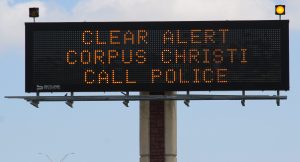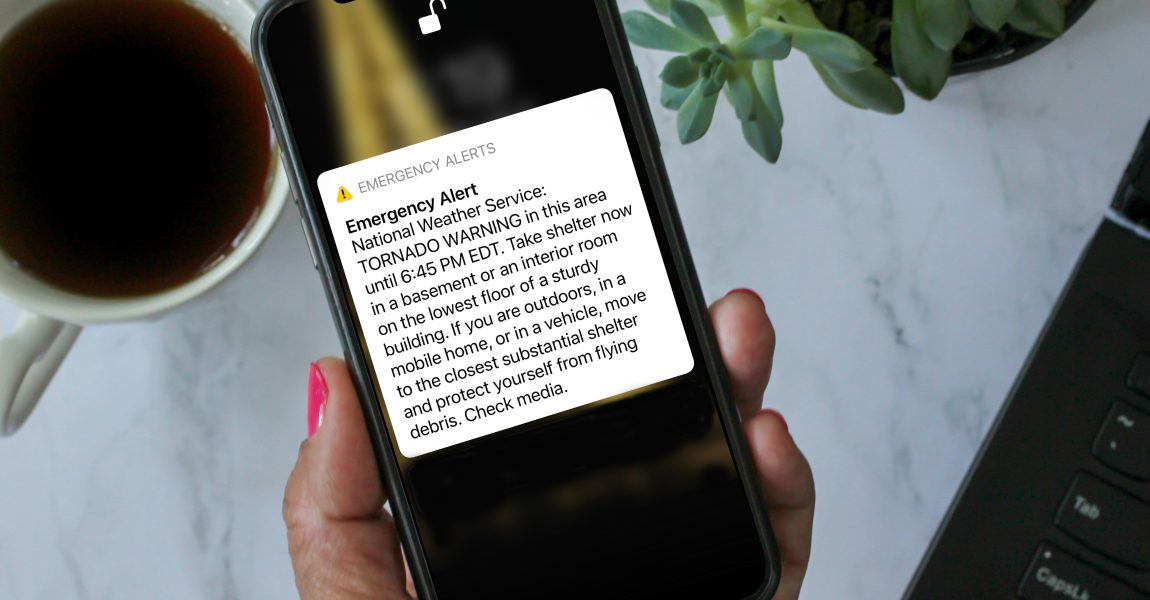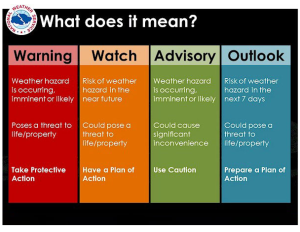Texas Alert Codes and Their Meaning
In Texas, the Texas Department of Public Safety (TX DPS) coordinates with different agencies known as the State Network to disseminate public safety information in the form of alert codes. These agencies include the Texas Department of Transportation, the National Weather Service, Law Enforcement, the Media, the Texas Lottery Commission, the Independent Bankers Association of Texas, and the National Center for Missing and Exploited Children. The goal of the State Network is to rapidly notify the public of urgent public safety situations, specific missing person cases, and law enforcement to tips and leads.
Alert codes can be issued anywhere in the state of Texas, including statewide. Each alert code can be displayed on multiple different outlets including but not limited to SMS alerts, billboards, overhead signs, etc. Below are the official names of the different alert code types:
· AMBER
· Silver
· Blue
· Endangered Missing Person
· Camo
· CLEAR
· Power Outage
· Active Shooter
AMBER Alert
The AMBER alert is an acronym that stands for America’s Missing: Broadcast Emergency Response alert. The AMBER alert was the first in the nation to be established created and was created in response to the kidnapping and death of nine year old Amber Hagerman of Arlington, Texas. AMBER alerts are activated for children 17 years of age or younger whose whereabouts are unknown, and whose disappearance has been determined by law enforcement to be unwilling, which poses a credible threat to the child’s life.

Silver Alert
The Silver alert was created to notify the public of missing elderly adults with documented mental conditions. Specifically, for those who suffer from various mental conditions like Alzheimer’s disease and or other forms of dementia.

Blue Alert
The Blue alert was created to speed in the apprehension of violent criminals who kill or seriously wound local, state, or federal law enforcement officers. During Blue alerts, the public receives information regarding the suspected assailant, facilitating tips and leads to law enforcement.
Endangered Missing Person
The Endangered Missing Person alert was created for those with intellectual disabilities (Autism, Developmental Disorders et.) who are missing. The Endangered Missing Person alert is disseminated for missing persons of any age with an intellectual disability.
Camo Alert
The Camo alert was created to notify the public of a missing current or former member of the United States armed forces.
CLEAR Alert
The CLEAR alert stands for the Coordinated Law Enforcement Adult Rescue (CLEAR) alert. The CLEAR alert was created to close the gap between missing children and senior citizens (individuals between 18 and 64 years of age). The CLEAR alert serves to assist law enforcement in locating and rescuing missing, kidnapped, or abducted adults who are in immediate danger as well as aid in locating any potential suspects. The name of the CLEAR alert honors victims to violence which led to the CLEAR alert legislation: Cayley Mandadi, D’Lisa Kelley, Erin Castro, Ashanti Billie, and the Rest.

Power Outage Alert
The Power Outage alert is designed to notify Texas broadcasters when the power supply won’t meet the demand for the state or region. Once this alert is disseminated, broadcasters will provide useful information to the public of the potential grid emergency as well as resource information from the Public Utility Commission of Texas (PUC) with oversight of grid operations in Texas. The PUC and any of the four independent organizations may request activation of the power outage alert network when the power supply does not meet the demand for the state or a region. The four independent organizations with oversight to the grid operation in Texas are the Electric Reliability Council of Texas, Midwest Reliability Organization, Southeast Reliability Corporation, and the Western Electricity Coordinating Council.
Active Shooter Alert
The Active Shooter Alert was created to alert people in proximity of active shooter situations. The goal of this alert is to save lives and prevent mass violence by notifying the public of nearby active shooter situations and encouraging them to avoid the area or shelter in place.
For more information related to the different types of alert codes, please visit the TX DPS website.






